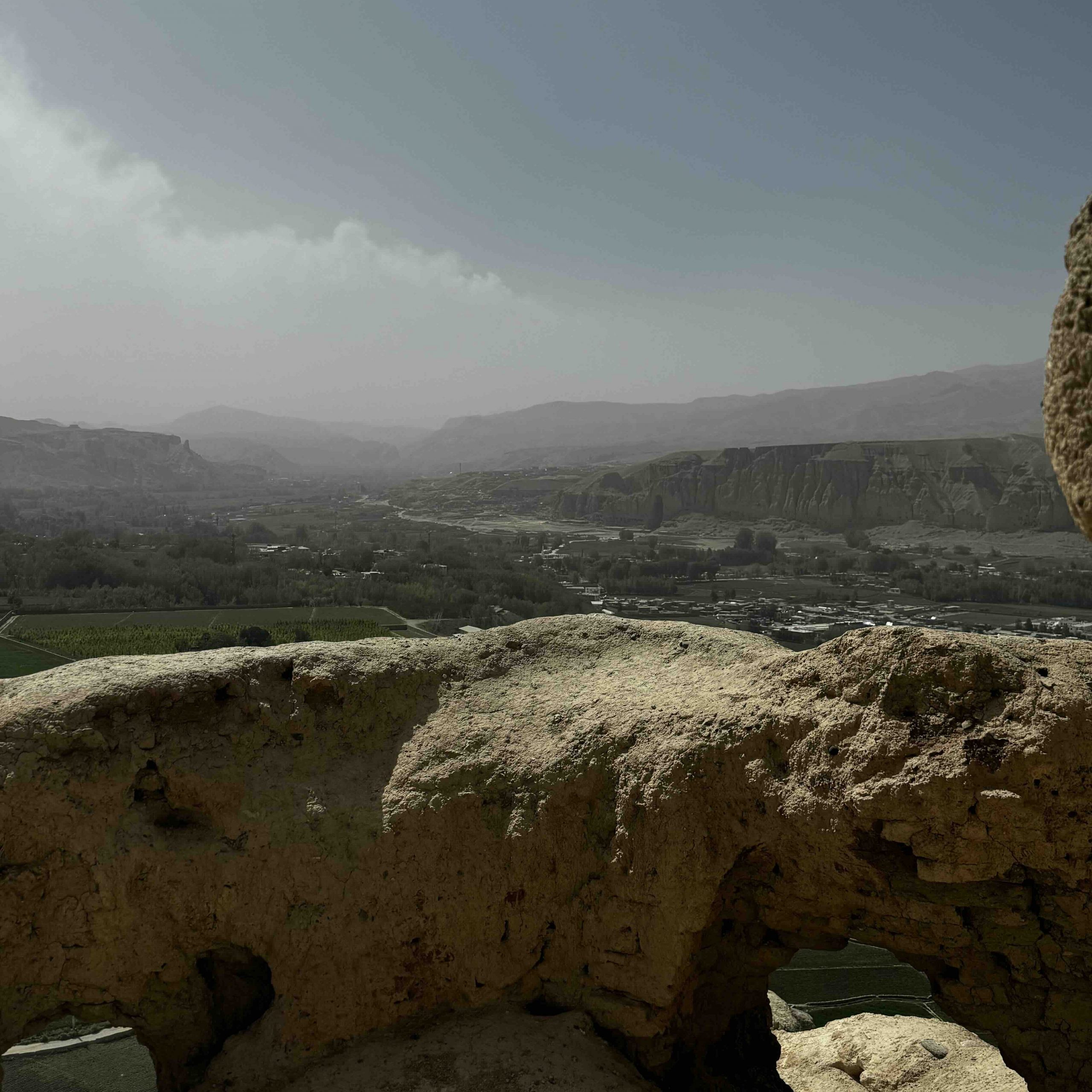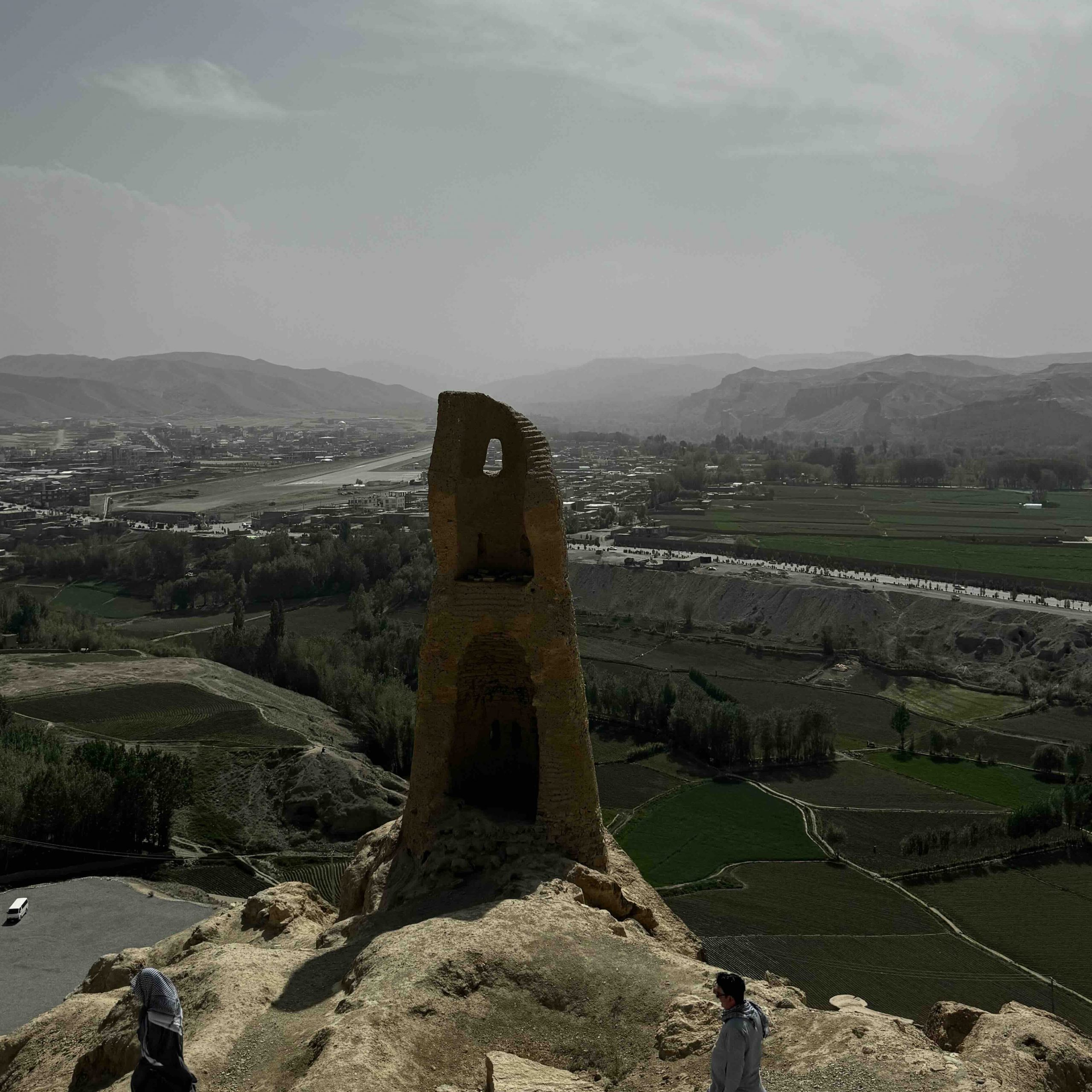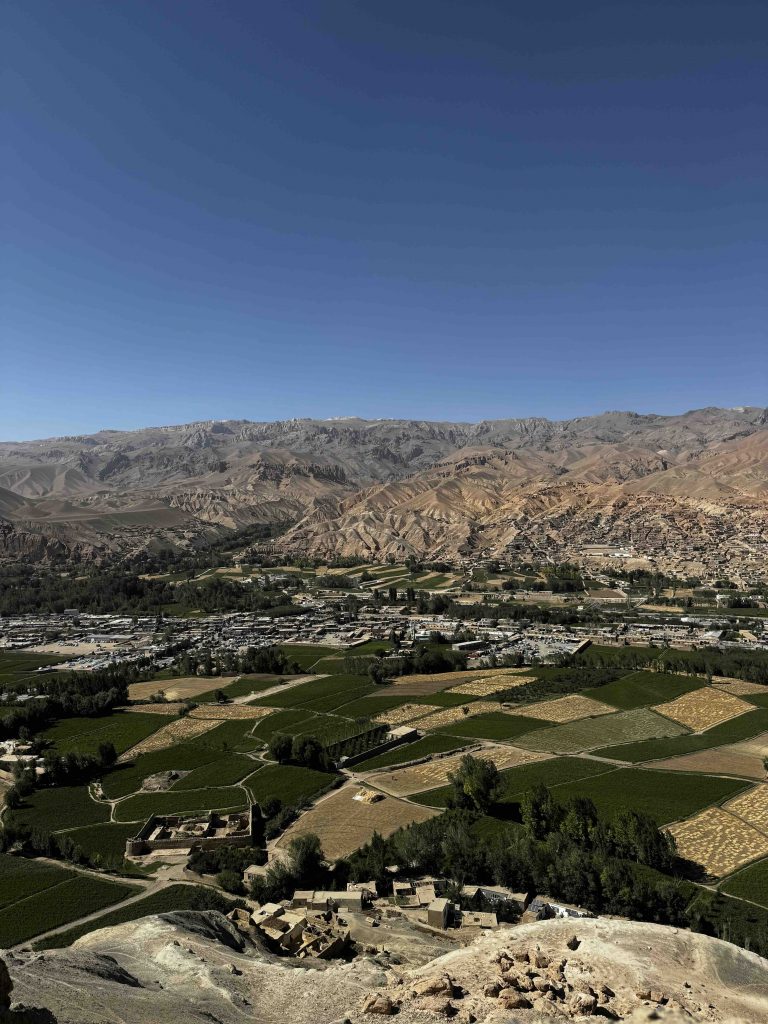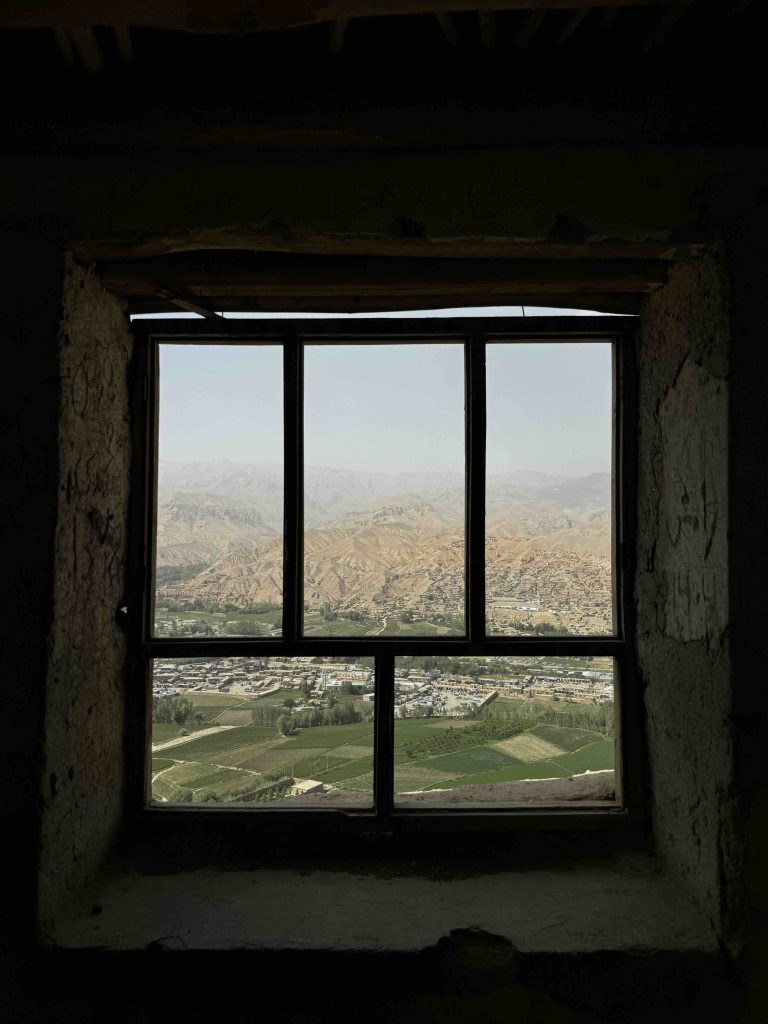Shahr-e-Gholghola, or more commonly known as the City Of Screams, is an archaeological site in Bamiyan, Afghanistan. The site is the remains of Shahr-e-Gholghola, a city that was completely destroyed by Genghis Khan in the 13th century as retaliation for losing his grandson during his conquest of Afghanistan.
Table of Contents

The History of The City Of Screams
Before Genghis Khan destroyed it, Shahr-e Gholghola was a major fortified city in the Bamiyan Valley, part of a key trade route along the Silk Road. It sat high on a hill with walls, towers, and a commanding view of the valley — a strategic spot both for defense and controlling trade.
The city was ruled by a local dynasty (linked to the Ghorids or a related power) and was part of a culturally rich region where Buddhism, Hinduism, and Islam had all left their mark. By the 12th and early 13th centuries, it was likely an Islamic city with strong military importance, guarding the fertile valley and overseeing trade and taxes coming through.
At its peak, it had a palace, residential buildings, granaries, and watchtowers. It wasn’t just a fortress — it was a functioning urban center with civilians, not just soldiers.

The Arrival of the Mongols
In 1221, during Genghis Khan’s invasion of the Khwarazmian Empire, his army arrived in Bamiyan — a strategic city in central Afghanistan. The fortress of Shahr-e Gholghola, later nicknamed the “City of Screams,” was one of the last strongholds resisting him in the region.
At this point, Genghis Khan had already devastated much of the empire. His youngest son, Tolui, was leading the Mongol army through central Afghanistan, crushing cities that defied them. Bamiyan was well-defended. It sat high above the valley on a hill, with stone walls and towers. The local ruler refused to surrender, thinking the terrain and fortifications would protect the city.
But what happened next made Bamiyan’s fall personal for Genghis Khan and increased the rage and brutality he felt for the city. During the siege, his grandson (Tolui’s son) — who was also one of Genghis Khan’s favorites — was killed, either by an arrow or falling rubble during the fighting. That death enraged Genghis Khan. What was supposed to be a tactical siege turned into a mission of revenge.
He ordered the full weight of the Mongol army on the city. The Mongols attacked relentlessly, day and night. They used siege weapons — probably catapults and fire — but struggled to break the defenses, until there was betrayal from the palace.
The Betrayal Of The Princess
When Genghis Khan came to Bamiyan in 1221, the city’s ruler refused to surrender. He thought the city’s strong hilltop fortress, Shahr-e Gholghola, could hold out. But according to local legend, his daughter didn’t agree. Some say she didn’t want to see everyone die. But other, more popular legends say she had fallen in love with Genghis Khan and wanted to marry him. Either way, she secretly betrayed her own people.
She wrote to Genghis Khan about her wish to marry him. When he refused, she offered intel to help him take the city. She told him that the city’s weakest point was that their water came from one source, a creek, and by cutting this off, the city would fall.
The Mongols used that information to weaken the people. Once inside, they slaughtered everyone — men, women, and children. The king was killed. The fortress was destroyed. People screamed as they were cut down — that’s how it got the name “City of Screams.”
As for the princess? She thought she’d be rewarded or at least spared. But Genghis Khan had no interest in traitors and had no intention of making her his bride. The story goes that he said something like, “If you betray your own father, why would I trust you?” Then he had her executed too.
It’s a brutal story, but it stuck for centuries — not just because of the violence, but because of the betrayal. Whether it’s completely true or not, the ruins of Shahr-e Gholghola still stand, and the legend is part of what gives the place its eerie weight.
Every man, woman, and child was killed. No mercy was shown. The city was burned, the buildings smashed, and the screams of the dying gave it its nickname. Shahr-e Gholghola — “City of Screams” — wasn’t just wiped out physically. It was meant to be an example to other cities: resist, and this is what happens.
After the massacre, the Mongols left the ruins behind and moved on. Bamiyan eventually recovered somewhat, but Shahr-e Gholghola was never rebuilt. The ruins still stand above the valley, a silent reminder of what happened.


The Mujahideen and The City of Screams
During the Soviet-Afghan war in the 1980s, the Mujahideen used the old ruins of the City of Screams as a hideout and lookout. It’s built on a hill that overlooks the entire valley, so it gave them a perfect vantage point to watch Soviet movements below.
The place had been in ruins for centuries, but the high ground, old stone walls, and caves still gave them cover. They didn’t have the same modern gear or heavy weapons the Soviets had, so using the terrain was key and this site was extremely advantageous.
They’d use it to spot convoys, plan ambushes, or just stay out of sight. It wasn’t a full-on base, more like a temporary spot with tactical value. But in a war like the Soviet-Afghan war where the Mujahideen were outgunned and always on the move even a ruined city from the 1200s still had its uses – especially when they knew the palace better than the foreign Soviets.

Visiting the Remains Today
Today, you can visit the City of Screams in Bamiyan city. Perched upon a mountaintop, the remains are a large presence in the city that overlooks the entire valley. You can see the remains of buildings and minarets that feel like a walk through ancient time. All our Afghanistan tours include visits to the City of Screams during our time in Bamiyan.






